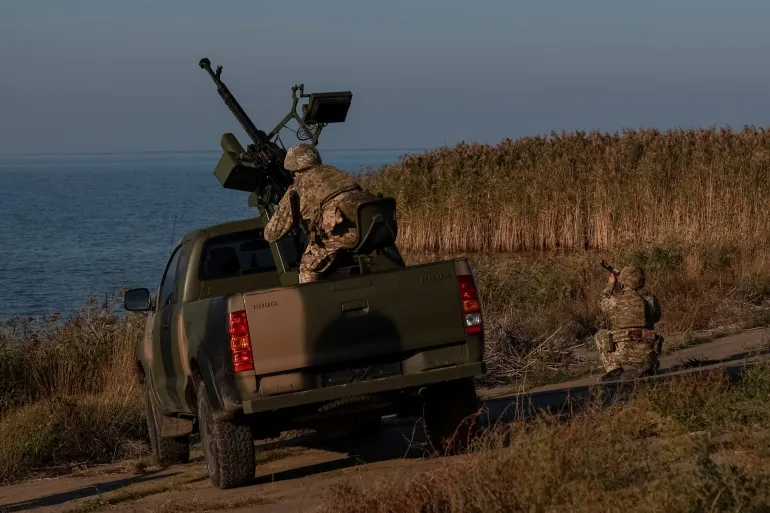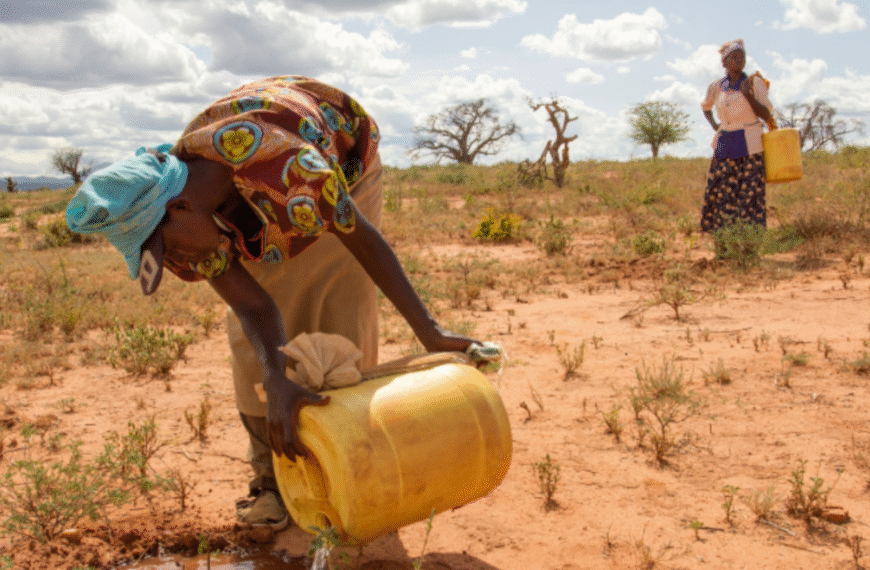Booming Defence Industry: What does this mean for the world?

Dhruv Moondra
September 27 2024
In recent years, with the onset of numerous wars and geopolitical tensions in various parts of the world, the once most peaceful era mankind has ever seen has come to an end. From Ukraine and Gaza to Afghanistan and Yemen, wars have been breaking out everywhere. With tensions between NATO and Russia on the rise as well as between China, Taiwan and the rest of the world, there could be a disruption to global peace at a scale never seen before. With all this uncertainty and distrust spiraling out of control, there is only one industry that can profit from it all: defence.
The results have been meteoric for defence companies and exporters all around the world. Within just 3 years, the world military expenditure increased by more than 23% till 2023 and numerous companies like Lockhead Martin have seen their profits soar with the company’s free cash flow almost doubling in a year due to military contracts for the Russia-Ukraine war. Not just that, many countries like the US, France, Germany, China, South Korea, and India have seen major expansions in their defence exports. In fact, in the first quarter of 2024-2025 alone, India’s defence exports surged by 78% which has resulted in a major boost to its economy and balance of payments.
Nevertheless, does this growth in economic output really translate to socially desirable outcomes?
Far from it.
This has been clearly illustrated in Russia’s economic growth fueled by the war economy. While the world marveled at Russia’s ability to cope with sanctions and still achieve phenomenal growth rates, the actual picture isn’t so rosy.
You see Russia’s resiliency towards the sanctions was because of 2 reasons. One, to successfully and quickly find alternative markets like India and China, and two, to significantly ramp up production because of a massive increase in military spending by the government. Although in the short term, it reduced unemployment, it drastically increased government debt and resulted in a huge opportunity cost as those resources could have been spent for the welfare of the Russian population. Worst of all, Russia lost about 2.2% of its labour force which had to be sent to war, creating a massive labour shortage that has lowered the productive capacity of Russia.
Furthermore, while the Russian GDP is still persisting, the quality of life for the population living there has suffered a downgrade. With the plethora of sanctions, ordinary Russians face numerous restrictions on trade and the quality and variety of goods and services has dwindled.
Besides, the recruitment of millions of men to the frontlines of war also creates unbearable distress for families which destroys the internal peace and happiness of households.
The impact of war and the boom in the defence industry can be seen on a much larger scale in Ukraine itself. It is estimated that the total military aid that was given to Ukraine as of 2023 alone was $380 billion dollars. This has resulted in a war that should have lasted 10 days(according to Putin) to prolong for years. Not only has it created a massive financial burden on all countries involved, but it exponentially multiplied the bloodshed, suffering and destruction of critical infrastructures, impoverishing millions of people, thanks to the military industry.
Additionally, this drastic boost in arms sales has been constantly building up a sense of distrust and insecurity among neighbours and hostile countries. It has prompted other nations to raise their own military spending to counter threats, generating a vicious cycle. As tensions rise with expanding military capabilities between neighbouring countries, any minor incident can easily be misinterpreted and escalated into a full blown conflict due to the availability of military forces.
In fact, many such cases have been seen in the past, notably the first world war. During that time, Europe was divided between two rival blocks that were competing for colonies and influence around the world. This led to an intense feeling of nationalism as countries sought to assert their dominance. As a result, a massive arms race among the European powers had begun which later broke out into a colossal war. This was provoked by the assassination of the heir to the Austro-Hungarian throne by Serbian extremist groups, the boiling point for the conflict.
So you see, the rapid militarisation of countries as an act of rivalry, soon aggravated a continental war that devastated the world, even if the Serbian state wasn’t responsible for the murder.
Last but not least, the profit of major military contractors also comes at a huge cost to the environment. As a matter of fact, the whole supply chain from raw material procurement to manufacturing to testing and the construction of military bases is heavily polluting.
Research from Durham university reveals that if the US military were a country, it would be the largest carbon emitter, releasing 42 trillion tons of carbon dioxide. What’s more, in war zones like Afghanistan and Iraq, the water supply has been contaminated by oil from military vehicles and depleted uranium. It is estimated that by 2001, an estimated 90% of Iraq’s marshlands had disappeared due to war and military related purposes.
Therefore, it is clear that a booming defence industry could have dangerous implications for our future. While it provides jobs, contributes to GDP and exports, the overexpansion of the military can have catastrophic consequences globally. It triggers conflicts, kills the environment, creates a massive opportunity cost, causes mass humanitarian crisis and overall negatively impacts social welfare. Thus, governments and international organisations must take proactive measures in military disarmament to promote world peace, sustainability and growth.






Leave a Reply
You must be logged in to post a comment.